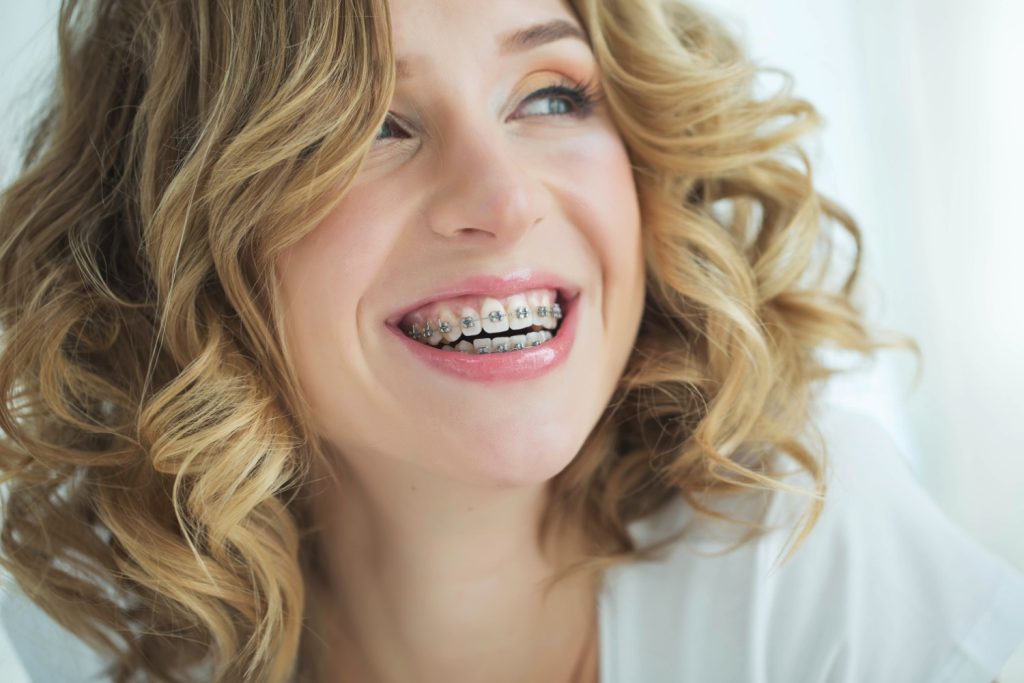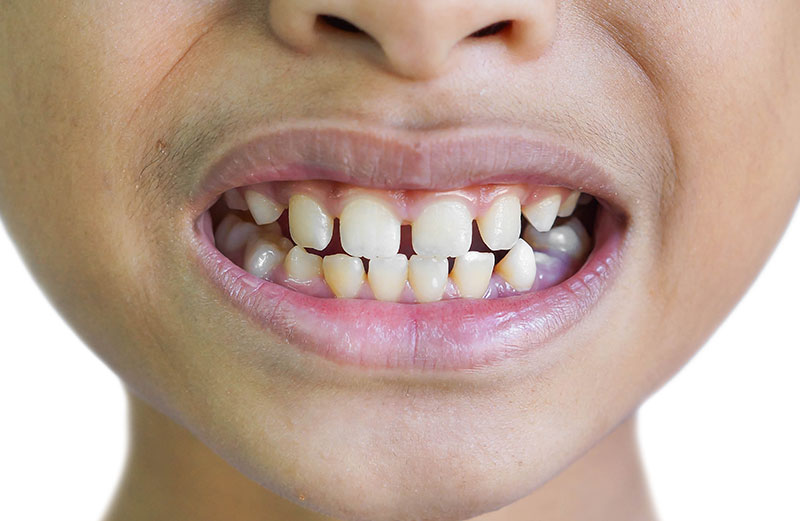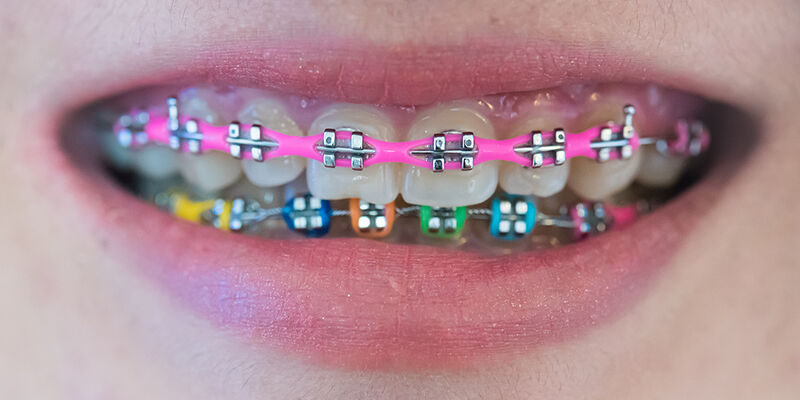Orthodontics: Comprehensive Guide to Modern Orthodontic Treatments

Table of Contents
- Introduction to Orthodontics
- History and Evolution of Orthodontics
- Types of Orthodontic Treatments
- Choosing the Right Orthodontic Treatment
- The Process of Getting Orthodontic Treatment
- Benefits of Orthodontic Treatment
- Caring for Your Orthodontic Appliances
- Common Myths and Misconceptions
- Frequently Asked Questions (FAQ)
- Patient Testimonials
- Conclusion

Introduction to Orthodontics
Orthodontics is a specialized field of dentistry focused on diagnosing, preventing, and treating dental and facial irregularities. These treatments involve using various appliances, such as braces and aligners, to correct misaligned teeth and jaws, improve oral health, and enhance aesthetics. Whether you’re a teenager or an adult, orthodontic treatment can help you achieve a beautiful, healthy smile.
This comprehensive guide will delve into the world of orthodontics, exploring its history, the various types of treatments available, the process involved, and the numerous benefits. We’ll also provide practical tips for caring for your orthodontic appliances and address common myths and frequently asked questions to help you make an informed decision about your orthodontic care.
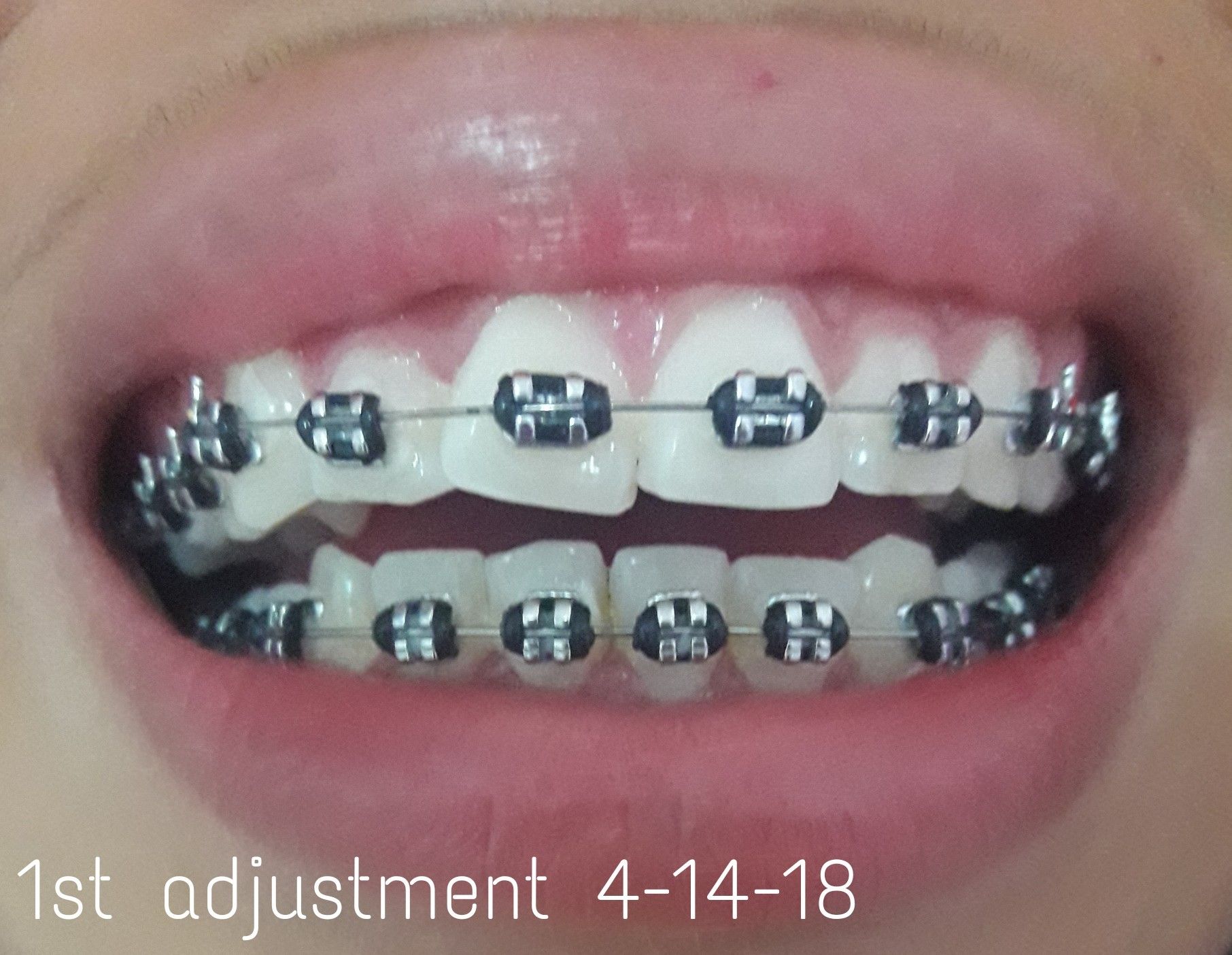
History and Evolution of Orthodontics
Orthodontics has a rich history that dates back thousands of years. Understanding its evolution helps appreciate the advanced techniques and technologies used in modern orthodontic treatments.
Ancient Beginnings
Evidence of early orthodontic practices has been found in ancient civilizations, including Egypt, Greece, and Rome. Archaeologists have discovered mummified remains with crude metal bands wrapped around teeth, indicating attempts to correct dental misalignments. The Etruscans, for instance, used gold wire to bind loose teeth, a precursor to modern orthodontic appliances.
The 18th and 19th Centuries
The foundation of modern orthodontics was laid in the 18th and 19th centuries. Pierre Fauchard, a French dentist, is often credited as the “Father of Dentistry.” In 1728, he published “The Surgeon Dentist,” describing a device called the “Bandeau,” used to expand the dental arch.
In the 19th century, significant advancements were made by Edward H. Angle, an American dentist known as the “Father of Modern Orthodontics.” He developed the first classification system for malocclusions (misaligned teeth) and introduced various orthodontic appliances, including the E-arch and edgewise bracket, which are still foundational in orthodontics today.
The 20th Century and Beyond
The 20th century brought rapid advancements in orthodontic technology and techniques. Key developments include:
- Stainless Steel Braces: Introduced in the 1920s, stainless steel braces replaced gold and silver, making braces more durable and affordable.
- Direct Bonding: The advent of dental adhesives in the 1970s allowed brackets to be directly bonded to teeth, eliminating the need for cumbersome bands around each tooth.
- Clear Aligners: In the late 20th century, clear aligners such as Invisalign revolutionized orthodontics by providing a nearly invisible and removable alternative to traditional braces.
Today, orthodontics continues to evolve with advancements in digital imaging, 3D printing, and personalized treatment plans, offering patients more effective and comfortable options than ever before.
Types of Orthodontic Treatments
Modern orthodontics offers a variety of treatments to address different dental issues and patient preferences. Each type has its advantages and considerations, and the best choice depends on individual needs and circumstances.
Traditional Metal Braces
Traditional metal braces are the most common and widely used type of orthodontic treatment. They consist of metal brackets attached to the teeth and connected by a metal archwire. Elastic bands are used to hold the archwire in place and can be customized with different colors.
Advantages:
- Effective: Metal braces are highly effective in correcting a wide range of orthodontic issues, including severe misalignments and bite problems.
- Durable: Made of stainless steel, they are strong and resistant to breakage.
- Cost-Effective: Generally more affordable than other types of braces.
Considerations:
- Visibility: Metal braces are more noticeable than other types of braces.
- Comfort: Some patients may experience discomfort, especially after adjustments.
Ceramic Braces
Ceramic braces function similarly to metal braces but use clear or tooth-colored brackets that blend in with the teeth, making them less noticeable. The archwire can also be tooth-colored to enhance aesthetics.
Advantages:
- Aesthetic Appeal: Ceramic braces are less noticeable than metal braces, making them a popular choice for adults and image-conscious teens.
- Effective: They offer the same level of effectiveness as traditional metal braces.
Considerations:
- Cost: Ceramic braces tend to be more expensive than metal braces.
- Maintenance: They can be more prone to staining and require diligent care to keep them looking their best.
- Durability: Ceramic brackets are more brittle than metal and can break more easily.
Lingual Braces
Lingual braces are similar to traditional metal braces but are attached to the back (lingual) side of the teeth, making them invisible from the front.
Advantages:
- Invisibility: Lingual braces are hidden behind the teeth, making them an excellent option for those who want a discreet treatment.
- Custom Fit: Each bracket is custom-made to fit the contour of each tooth.
Considerations:
- Comfort: Lingual braces can be more uncomfortable initially and may affect speech until the patient adjusts.
- Cost: They are typically more expensive due to the custom manufacturing process.
- Complexity: Not all orthodontic issues can be treated with lingual braces.
Clear Aligners (Invisalign)
Clear aligners, such as Invisalign, are a popular alternative to traditional braces. These aligners are made of clear, BPA-free plastic and are custom-fitted to the patient’s teeth. They are removable and virtually invisible.
Advantages:
- Aesthetic Appeal: Clear aligners are nearly invisible, making them a popular choice for adults and teens.
- Removable: They can be removed for eating, drinking, brushing, and flossing, making oral hygiene easier.
- Comfort: Made of smooth plastic, aligners are generally more comfortable than braces.
Considerations:
- Compliance: Success depends on the patient’s discipline in wearing the aligners for the recommended 20-22 hours per day.
- Cost: Clear aligners can be more expensive than traditional braces.
- Effectiveness: Not suitable for all types of orthodontic issues, especially severe cases.
Self-Ligating Braces
Self-ligating braces use a specialized clip or bracket system instead of elastic bands to hold the archwire in place. They are available in metal and ceramic versions.
Advantages:
- Comfort: Self-ligating braces generally require fewer adjustments and cause less friction, making them more comfortable.
- Efficiency: They often shorten treatment time and require fewer office visits.
- Hygiene: Easier to keep clean as they lack elastic bands, which can trap food particles.
Considerations:
- Cost: They can be more expensive than traditional metal braces.
- Visibility: While less noticeable than traditional braces, they are still visible.
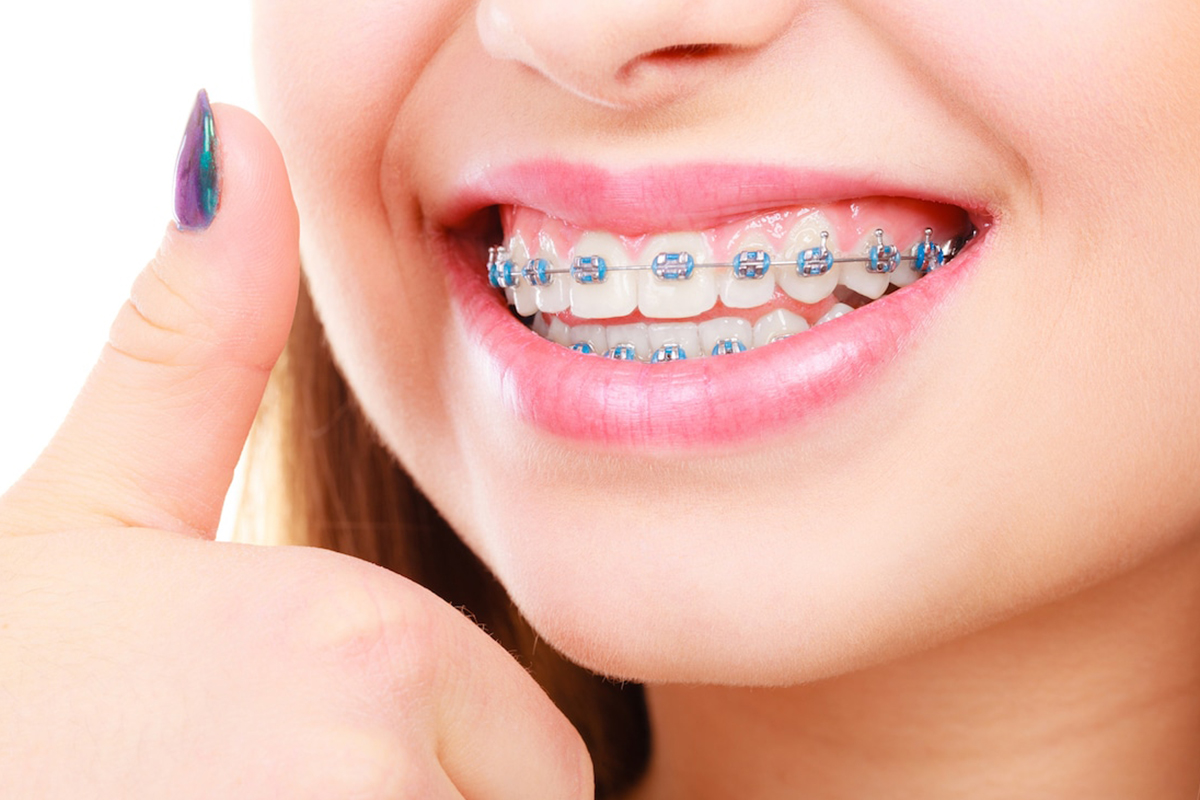
Choosing the Right Orthodontic Treatment
Selecting the right orthodontic treatment involves considering various factors, including the type and severity of the dental issue, aesthetic preferences, lifestyle, and budget. Here’s a step-by-step guide to help you make an informed decision.
Factors to Consider
- Type of Orthodontic Issue: The nature and severity of your dental problem will influence the type of treatment. Some issues may require traditional braces, while others can be effectively treated with clear aligners.
- Aesthetic Preferences: If aesthetics are a primary concern, options like ceramic braces or clear aligners might be preferable.
- Age: Some treatments are more suitable for children and teenagers, while others are tailored for adults.
- Lifestyle and Compliance: Consider your lifestyle and ability to comply with the treatment requirements. For example, clear aligners require discipline in wearing them for the required hours.
- Budget: Orthodontic treatments vary in cost. Discuss payment options and insurance coverage with your orthodontist to find a solution that fits your budget.
- Duration of Treatment: Different treatments have varying durations. Understanding the expected treatment time can help you plan accordingly.

Consultation with an Orthodontist
A consultation with an orthodontist is essential to determine the best treatment plan for your needs. During the consultation, the orthodontist will:
- Conduct a thorough examination of your teeth and jaws.
- Take diagnostic records, including X-rays, photographs, and impressions or digital scans.
- Discuss your treatment options, including the pros and cons of each.
- Provide a detailed treatment plan, including the estimated duration and cost.
- Answer any questions you may have about the treatment process.
The Process of Getting Orthodontic Treatment
Understanding the steps involved in orthodontic treatment can help you prepare for the journey towards a healthier, more beautiful smile.
Initial Consultation
The initial consultation is the first step in your orthodontic treatment. During this visit, the orthodontist will:
- Review your medical and dental history.
- Perform a clinical examination of your teeth, jaws, and facial structure.
- Discuss your concerns and treatment goals.
- Take diagnostic records, such as X-rays, photographs, and impressions or digital scans.
Diagnostic Records
Diagnostic records provide the orthodontist with detailed information about your teeth, jaws, and bite. These records are essential for accurate diagnosis and treatment planning. They typically include:
- X-rays: To assess the position of teeth, roots, and jawbones.
- Photographs: To document the current state of your teeth and face.
- Impressions or Digital Scans: To create a model of your teeth for study and treatment planning.
Treatment Planning
Based on the diagnostic records, the orthodontist will develop a customized treatment plan. This plan will outline the following:
- The type of orthodontic treatment recommended.
- The estimated duration of treatment.
- The sequence of procedures and adjustments.
- The expected outcome and benefits of treatment.
Fitting the Braces or Aligners
Once the treatment plan is finalized, the next step is fitting the braces or aligners. This process involves:
- For Braces:
- Cleaning and preparing the teeth.
- Applying bonding agent to the teeth.
- Attaching the brackets to the teeth.
- Inserting the archwire and securing it with elastics or clips.
- For Clear Aligners:
- Providing the first set of aligners.
- Instructing on how to wear and care for the aligners.
- Scheduling follow-up appointments to monitor progress and provide new sets of aligners.
Adjustments and Monitoring
Throughout the treatment, regular follow-up appointments are necessary to adjust the braces or provide new sets of aligners. During these visits, the orthodontist will:
- Check the progress of your treatment.
- Make necessary adjustments to the braces or provide the next set of aligners.
- Address any concerns or discomfort you may have.
- Ensure that the teeth are moving as planned.
Retention Phase
Once the active phase of treatment is complete, the retention phase begins. This phase is crucial to maintaining the results achieved. It involves:
- Retainers: Custom-made devices worn to keep teeth in their new positions.
- Duration: The orthodontist will recommend how long and when to wear the retainers.
- Follow-Up Visits: Regular visits to monitor the stability of the results.

Benefits of Orthodontic Treatment
Orthodontic treatment offers numerous benefits that go beyond just straightening teeth. Here are some of the key advantages:
Improved Oral Health
Properly aligned teeth are easier to clean and maintain, reducing the risk of cavities, gum disease, and other oral health issues. By correcting misalignments, orthodontic treatment helps:
- Enhance the effectiveness of brushing and flossing.
- Prevent abnormal wear of tooth enamel.
- Reduce the likelihood of tooth decay and gum problems.
Enhanced Aesthetics
A beautiful smile can significantly enhance your appearance and boost your self-esteem. Orthodontic treatment can:
- Correct crowded, spaced, or protruding teeth.
- Improve the alignment of your bite.
- Create a more balanced and attractive facial profile.
Boost in Confidence
A confident smile can positively impact your personal and professional life. Orthodontic treatment can:
- Increase your self-confidence and willingness to smile.
- Improve your social interactions and relationships.
- Enhance your overall quality of life.
Better Functionality
Orthodontic treatment not only improves the appearance of your teeth but also enhances their functionality. Properly aligned teeth can:
- Improve chewing and digestion.
- Enhance speech clarity.
- Reduce strain on the jaw muscles and joints.
Caring for Your Orthodontic Appliances
Proper care and maintenance of your orthodontic appliances are essential to ensure successful treatment and optimal oral health. Here are some tips for caring for your braces or aligners:
Brushing and Flossing
Maintaining good oral hygiene is crucial when you have braces or aligners. Follow these tips for effective brushing and flossing:
- Brush After Every Meal: Brush your teeth thoroughly after every meal to remove food particles and plaque. Use a soft-bristled toothbrush and fluoride toothpaste.
- Use an Interdental Brush: An interdental brush can help clean around brackets and wires more effectively than a regular toothbrush.
- Floss Daily: Flossing is essential to remove plaque and food particles from between your teeth and under the gumline. Use a floss threader or orthodontic flosser to make the process easier.
- Rinse with Mouthwash: An antiseptic mouthwash can help reduce bacteria and keep your mouth fresh. Rinse daily to enhance your oral hygiene routine.
Dietary Considerations
Certain foods can damage your braces or make them more difficult to clean. Here are some dietary tips to follow:
- Avoid Hard and Sticky Foods: Foods like nuts, popcorn, chewing gum, and sticky candies can damage your braces and should be avoided.
- Cut Food into Small Pieces: Cutting fruits, vegetables, and other hard foods into small, bite-sized pieces can make them easier to eat and reduce the risk of damaging your braces.
- Limit Sugary Foods and Drinks: Sugary foods and drinks can increase the risk of cavities. Try to limit your intake and brush your teeth after consuming them.
Handling Discomfort
It’s normal to experience some discomfort, especially after getting your braces adjusted. Here are some tips to manage any pain or discomfort:
- Use Orthodontic Wax: If your braces are causing irritation to your cheeks or lips, apply orthodontic wax to the brackets or wires to create a smooth surface.
- Take Over-the-Counter Pain Relievers: If you experience soreness, over-the-counter pain relievers like ibuprofen can help alleviate discomfort.
- Rinse with Warm Salt Water: A warm salt water rinse can soothe irritated gums and reduce inflammation. Mix one teaspoon of salt in a glass of warm water and rinse your mouth for 30 seconds.
Common Myths and Misconceptions
There are many myths and misconceptions about orthodontic treatment that can create unnecessary anxiety or confusion. Let’s debunk some of the most common myths:
Myth 1: Braces Are Only for Kids
While braces are often associated with teenagers, they are suitable for patients of all ages. Many adults choose to get braces to correct misalignments and improve their oral health.
Myth 2: Braces Are Painful
While you may experience some discomfort, especially after adjustments, modern braces are designed to be more comfortable than ever. Any soreness typically subsides within a few days, and there are various ways to manage discomfort effectively.
Myth 3: Braces Take Forever to Work
The duration of orthodontic treatment varies depending on the complexity of the case, but most treatments last between 18 and 24 months. Advances in orthodontic technology have made it possible to achieve results more efficiently than in the past.
Myth 4: You Can’t Play Sports with Braces
You can still participate in sports while wearing braces. It’s important to wear a mouthguard to protect your teeth and braces from injury. Your orthodontist can provide a custom-fitted mouthguard for maximum protection.
Myth 5: Braces Will Interfere with Daily Life
Braces may require some adjustments to your daily routine, but they won’t interfere significantly with your lifestyle. With proper care and maintenance, you can continue to enjoy your favorite activities and foods with some minor modifications.
Frequently Asked Questions (FAQ)
Q1: How often do I need to visit the orthodontist during treatment? A1: Regular visits every 4 to 8 weeks are typically required to adjust the braces and monitor progress. Your orthodontist will provide a specific schedule based on your treatment plan.
Q2: Can I choose the color of my braces? A2: Yes, many orthodontic offices offer a variety of colors for elastics or bands, allowing you to customize your look according to your preference.
Q3: Will braces stain my teeth? A3: The braces themselves won’t stain your teeth, but poor oral hygiene can lead to discoloration around the brackets. Regular brushing and flossing are essential to prevent staining.
Q4: Can I switch the type of braces during treatment? A4: In some cases, it’s possible to switch from one type of braces to another. However, it’s best to discuss this with your orthodontist, as it may affect the overall treatment plan and duration.
Q5: What should I do if a bracket or wire becomes loose or breaks? A5: Contact your orthodontist as soon as possible to schedule a repair appointment. In the meantime, you can use orthodontic wax to cover any sharp edges and prevent discomfort.
Q6: How do I clean my aligners? A6: Rinse your aligners with lukewarm water and brush them gently with a soft toothbrush. Avoid using hot water or harsh cleaning agents, as they can damage the aligners.
Patient Testimonials
Testimonial 1: Emily S. “I was hesitant to get braces as an adult, but my orthodontist recommended clear aligners, and I couldn’t be happier with the results. The aligners were so discreet, and I loved that I could remove them when needed. The entire process was smooth, and my smile looks amazing!”
Testimonial 2: John D. “My teenage son needed braces, and we opted for traditional metal braces. The orthodontist was fantastic, and the staff made my son feel comfortable throughout the treatment. His teeth are perfectly aligned now, and his confidence has soared.”
Testimonial 3: Lisa M. “I chose ceramic braces because I wanted something less noticeable. The treatment took about two years, and I’m thrilled with the outcome. My teeth look great, and the braces were easy to manage. I highly recommend ceramic braces for anyone concerned about appearance.”
Conclusion
Orthodontics offers a wide range of treatments to help individuals achieve a healthier, more beautiful smile. Whether you’re considering traditional braces, clear aligners, or any other type of orthodontic appliance, it’s essential to understand the options, process, and benefits involved.
By consulting with an experienced orthodontist and following their guidance, you can embark on a journey towards improved oral health, enhanced aesthetics, and increased confidence. Orthodontic treatment is an investment in your smile and overall well-being, providing lifelong benefits that extend beyond the appearance of your teeth.
If you’re considering orthodontic treatment, schedule a consultation with a qualified orthodontist to discuss your options and start your journey towards a straighter, healthier smile today.







